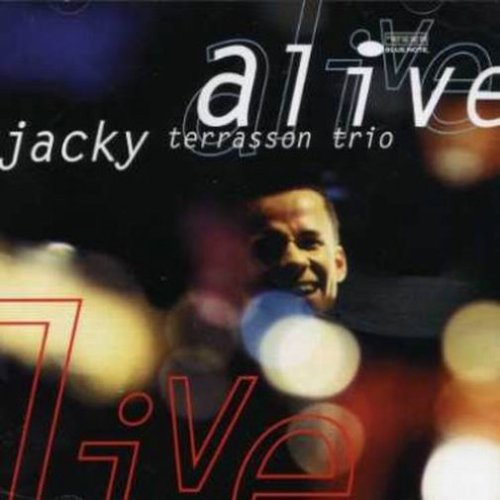Musica Fiata - Schmelzer: Sonate e balletti (2003)

Artist: Musica Fiata
Title: Schmelzer: Sonate e balletti
Year Of Release: 2003
Label: CPO
Genre: Classical
Quality: FLAC (tracks)
Total Time: 72:44 min
Total Size: 346 MB
WebSite: Album Preview
Tracklist:Title: Schmelzer: Sonate e balletti
Year Of Release: 2003
Label: CPO
Genre: Classical
Quality: FLAC (tracks)
Total Time: 72:44 min
Total Size: 346 MB
WebSite: Album Preview
01. Sonata per chiesa et camera in G Major
02. Sonata à 2
03. Balletto di Centauri, Ninfe e Salvatici à 3: I. Aria di centauri
04. Balletto di Centauri, Ninfe e Salvatici à 3: II. Aria delle ninfe
05. Balletto di Centauri, Ninfe e Salvatici à 3: III. Aria di salvatici e ninfe
06. Balletto di Centauri, Ninfe e Salvatici à 3: IV. Aria di tutti
07. Sonata à 4 :La Carolietta:
08. Sonata IV à 6 in A Minor
09. Sonata XII à 7
10. Sacro-profanus concentus musicus: Sonata à 3 "Pastorale"
11. Sonata Natalitia à 3 chori
12. Sonata XII à 3
13. Balletto di Spiritelli: No. 1, Sonatina
14. Balletto di Spiritelli: No. 2, Intrada
15. Balletto di Spiritelli: No. 3, Aria
16. Balletto di Spiritelli: No. 4,Retirada
17. Sonata à 5
18. Sonata II à 8 due cori
19. Sonata à 3
20. Sonata natalis in D Major
For Baroque music lovers, Johann Heinrich Schmelzer's name is remembered for his lavish music for solo violin. On this CPO release, however, we are treated to a whole other facet of his output. As soon as we hear the thunderous trumpets and percussion in the Sonata à 12 that opens the disc, we know that we are far from Schmelzer's more sedate and well-mannered violin sonatas. Even so, the violin figures prominently in many of these works; it's a potent reminder of Schmelzer's own virtuosity as a soloist.
This collection includes a couple of excellent examples of Schmelzer's prolific output as a dance music composer. As its name suggests, the Balletto di centauri, ninfe et salvatici is a spritely work, and the Musica Fiata players perform it with a lovely lightheartedness. In the Balletto di spiritelli, however, the horns are too timid in the opening Sonatina. Even so, these players perform Schmelzer's difficult parts with such nimbleness and agility (choosing clean articulation over bravado) that their momentary lapse is easily overlooked. Indeed, this collection shows off the brass players to brilliant effect: the lithe Sonata à 4 "La Carolietta" (scored for violin, cornetto, trombone, and horn) is beautifully balanced and light-textured. Similarly, there's a breathtaking agility in the Sonata à 3 "La Pastorale", written for two violins and trombone plus three small instrumental choruses.
There is immense appeal in this charming, unknown repertoire and in the delightful performances; however, there is a problem with the sound in one selection. The Sonata à 2 for violin and horn includes a continuo part for organ, and the organ is quite a bit more prominent than the other instruments--to the point that any chord sounded in the organ's lower register is headache-inducing. The problem reappears in the Sonata IV à 6 viols, though there it's less pronounced.
This collection includes a couple of excellent examples of Schmelzer's prolific output as a dance music composer. As its name suggests, the Balletto di centauri, ninfe et salvatici is a spritely work, and the Musica Fiata players perform it with a lovely lightheartedness. In the Balletto di spiritelli, however, the horns are too timid in the opening Sonatina. Even so, these players perform Schmelzer's difficult parts with such nimbleness and agility (choosing clean articulation over bravado) that their momentary lapse is easily overlooked. Indeed, this collection shows off the brass players to brilliant effect: the lithe Sonata à 4 "La Carolietta" (scored for violin, cornetto, trombone, and horn) is beautifully balanced and light-textured. Similarly, there's a breathtaking agility in the Sonata à 3 "La Pastorale", written for two violins and trombone plus three small instrumental choruses.
There is immense appeal in this charming, unknown repertoire and in the delightful performances; however, there is a problem with the sound in one selection. The Sonata à 2 for violin and horn includes a continuo part for organ, and the organ is quite a bit more prominent than the other instruments--to the point that any chord sounded in the organ's lower register is headache-inducing. The problem reappears in the Sonata IV à 6 viols, though there it's less pronounced.








